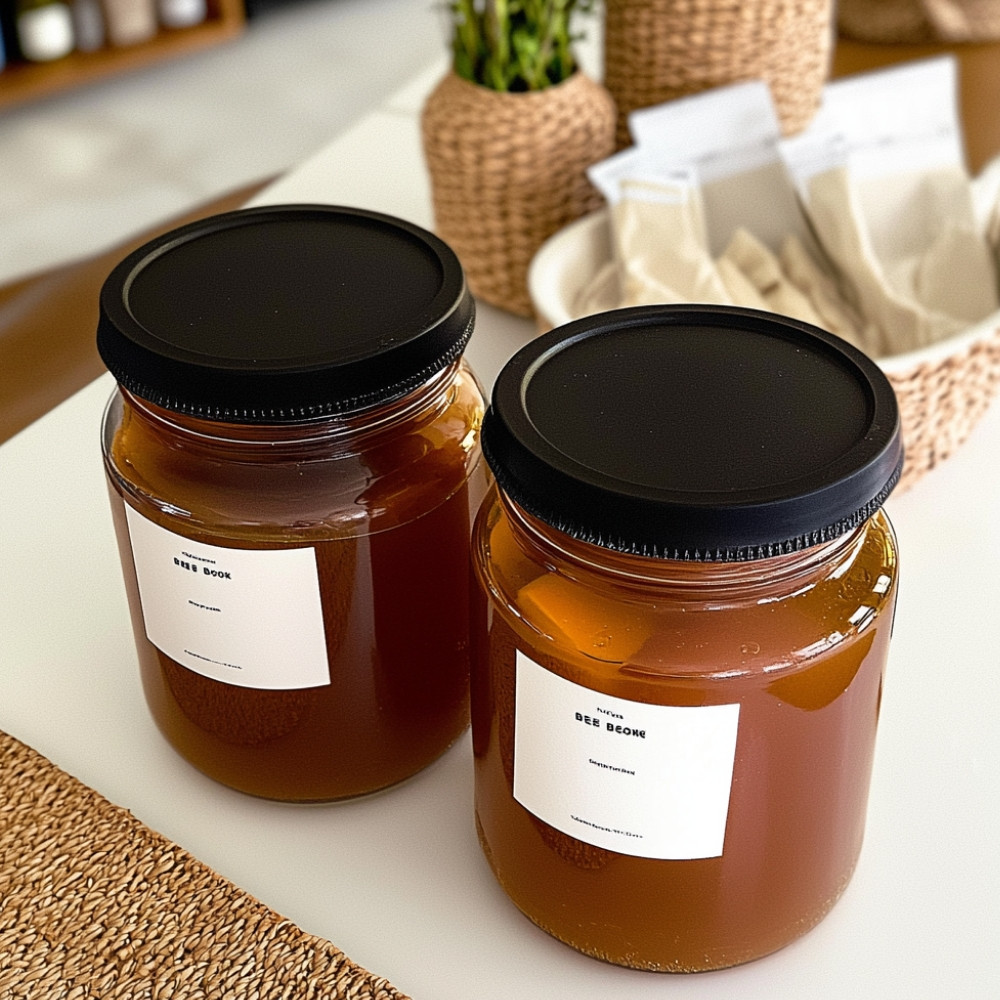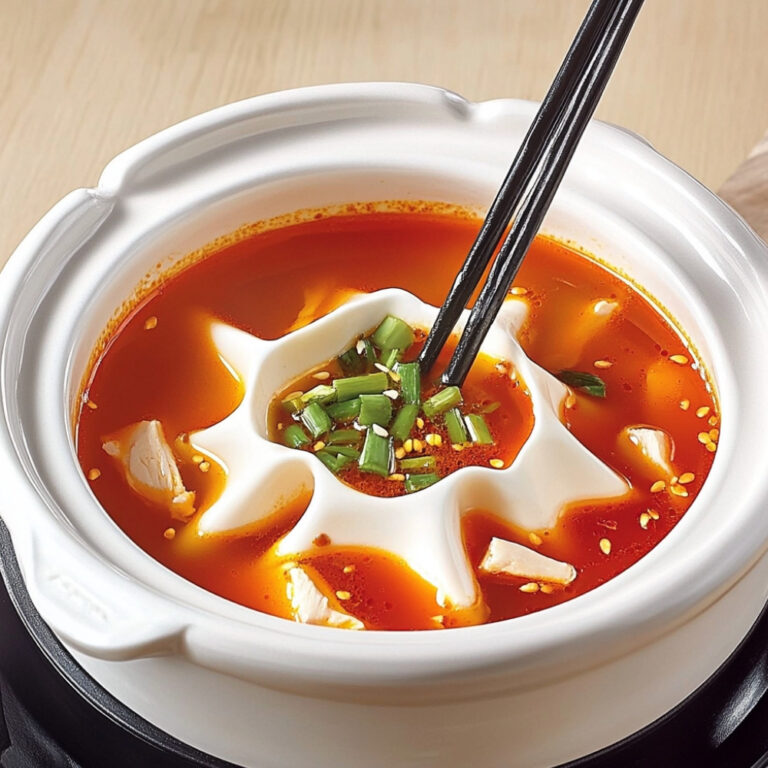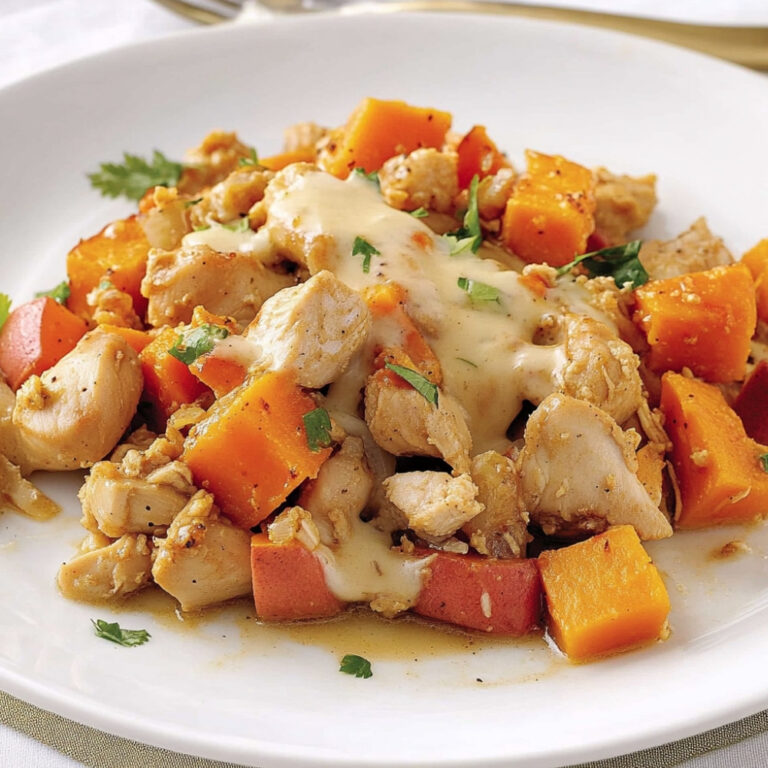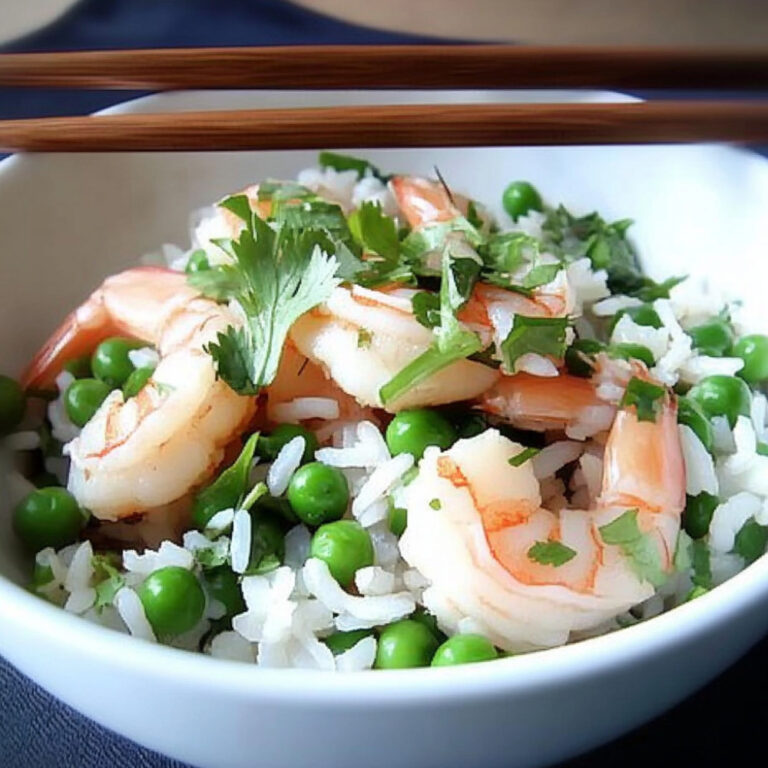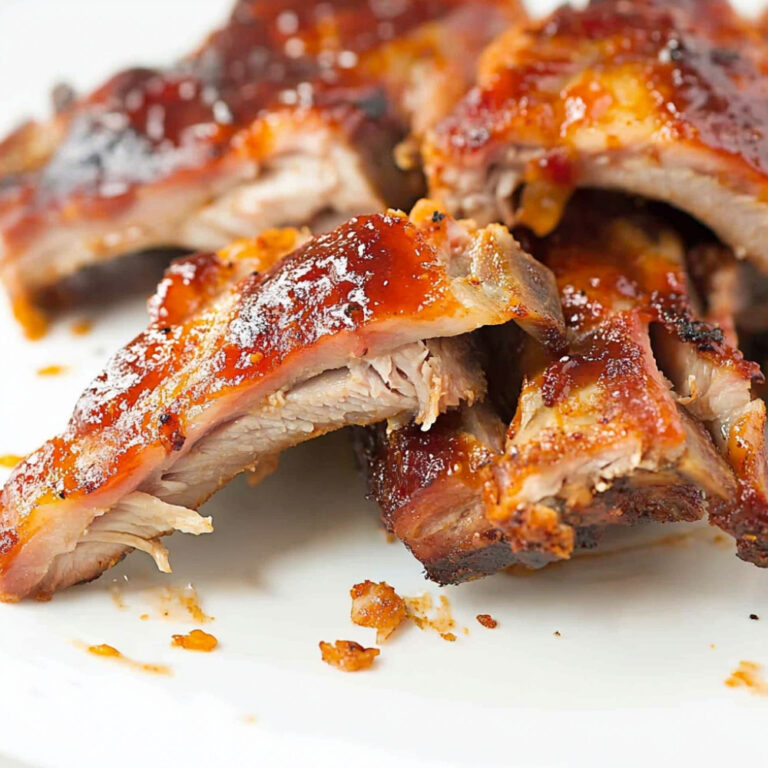Beef Bone Broth
Ah, beef bone broth—there’s just something so comforting about it, you know? It’s like a warm hug in a bowl, rich and hearty, perfect for chilly evenings, or honestly, any time you need a little love on your plate. The smell… oh, it fills the house with this gorgeous aroma that makes everyone just want to gather around the kitchen. When I first tackled this recipe, I was a bit nervous, thinking it’d be too complicated, but it turned out beautifully. You’ll want to sip this by itself or use it as a base in so many delightful ways, it’s just… amazing.
Why You’ll Crave It
- It’s super nourishing, packed with good stuff like collagen, which is great for your joints and skin.
- Low and slow simmering? That just means tons of flavor developing over hours… trust the process!
- You can totally customize it—throw in whatever veggies or herbs you have hanging around.
- Once you make it, you’ll want to sprinkle it in everything, from soups to sauces, and, oh, it really brightens up every dish.
My family fights over the last jar of this broth—it’s that good!
What You’ll Need
- Beef bones: about 3-4 pounds, mix of marrow and knuckle bones adds richness
- Vegetable scraps: like old carrots, onion, and celery; just toss them in!
- Apple cider vinegar: 2 tablespoons, helps extract all the good nutrients from the bones
- Water: enough to cover the bones, roughly 12-16 cups
- Salt: to taste, I always go light at first and adjust later
- Peppercorns: optional, but they can add a nice kick if you like! Just a teaspoon or so
- Fresh herbs: if you have thyme or parsley lying around, they’re lovely additions
Easy How-To
Let’s Get Cooking!
First things first, you’ll want to preheat your oven to 400°F (200°C). Just a good idea to get that warmth going. Take those beef bones and spread them out on a baking sheet. Roast them for about 30 minutes, until they’re beautifully browned. You’ll see—that deep color makes your broth so much more flavorful! Now, once that’s done, carefully move the bones into a large stock pot. Add your veggie scraps (don’t be shy—use everything), and pour in enough water to fully submerge those bones. Don’t forget that splash of apple cider vinegar; it’s like a secret weapon for extracting nutrients… really helps! Bring it to a simmer over medium-high heat. Once it’s bubbling away, reduce to low and cover it. You’ll want this to gently simmer for, well, a minimum of 12 hours, but hey, if you can swing 24 hours, that’s where the magic really happens.
Good to Know
- Skimming off any foamy stuff that forms at the top while it simmers really helps keep your broth clear and tasty.
- Let it cool a bit before you try straining—that’s important! You don’t want to burn yourself!
Serving Ideas
- Just sip it warm in a mug, with a sprinkle of salt, or use it as a base for a comforting soup—so good!
Top Tricks
- If you’re short on time, don’t forget about your pressure cooker—it can save you hours while still yielding fantastic broth!
Frequently Asked Questions
How long can I store bone broth in the fridge?
So, bone broth is good in the fridge for about 5 days. But really, it’s best to put it in the freezer if you want it to last longer. Just pop it in those freezer-friendly containers!
Can I freeze bone broth?
Absolutely! Freeze it for up to 6 months, just remember to leave a little space in the container to allow for expansion —we all know how broth likes to do that!
What type of bones should I use?
You can use a mix of marrow bones, knuckle bones, and, honestly, even some soup bones are great. This combo gives a wonderful flavor and nutrition punch to your broth!
Can I add vegetables to my bone broth?
Yes, yes, yes! Toss in onions, carrots, garlic—whatever you feel like. They not only add flavor, but they also boost the nutritional value of the broth!
Is it necessary to roast the bones before simmering?
It’s not absolutely necessary, but trust me, roasting those bones makes a real difference… that richer flavor is kind of unbeatable!
—
This beef bone broth will take some time but wow, is it worth every minute. You’ll find all kinds of uses for it, and honestly, you’ll just feel good knowing you made it yourself. So, here’s to warming your belly and soul with a bowl of this goodness! Enjoy!

